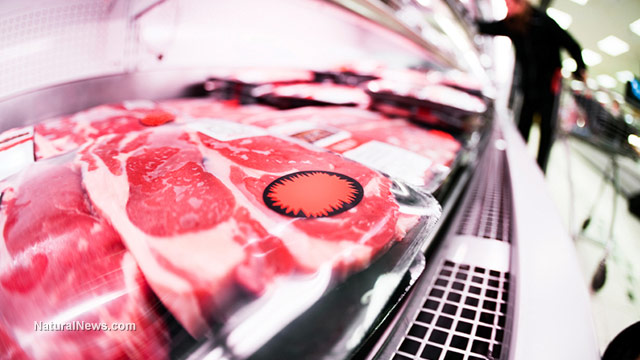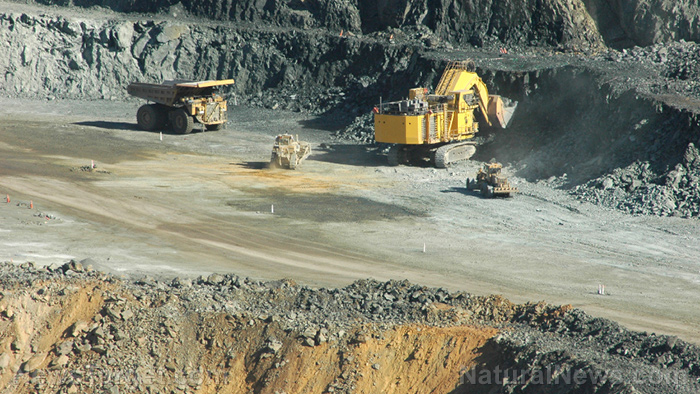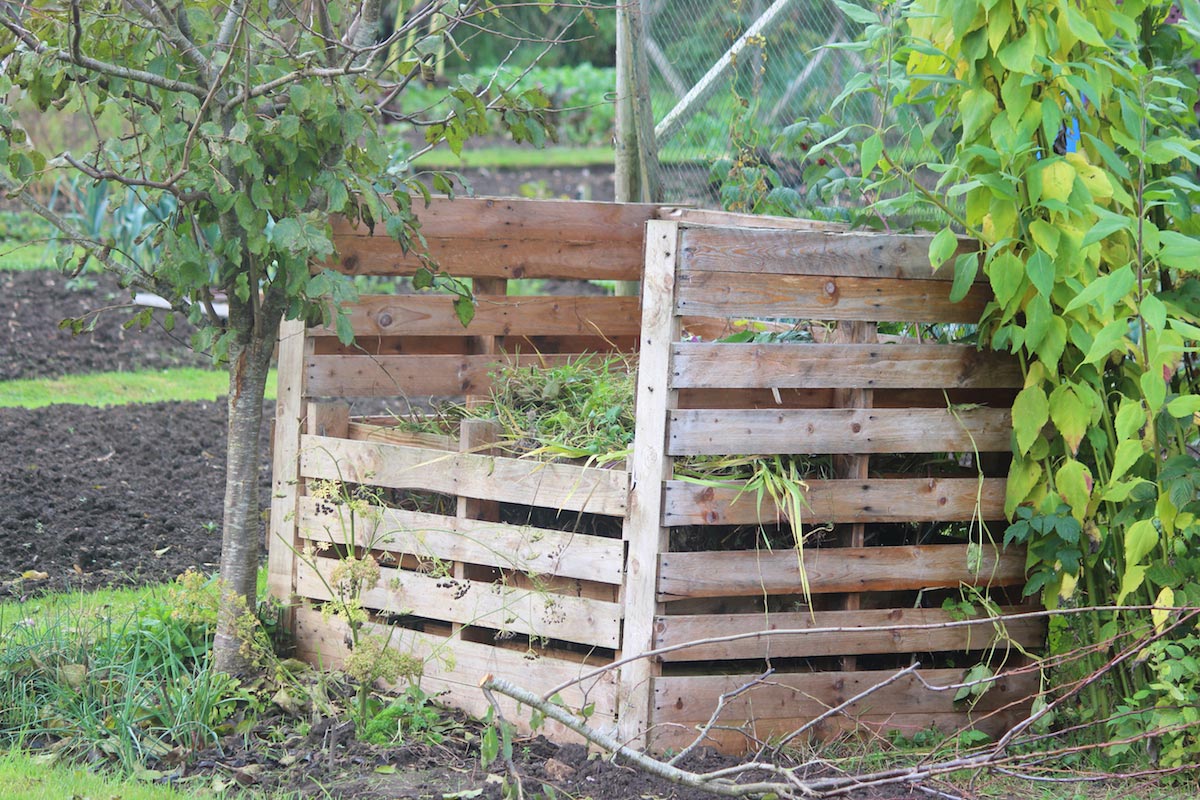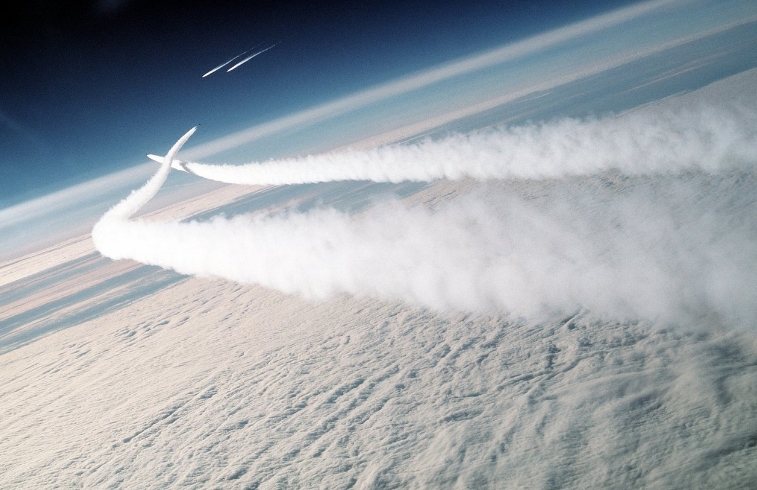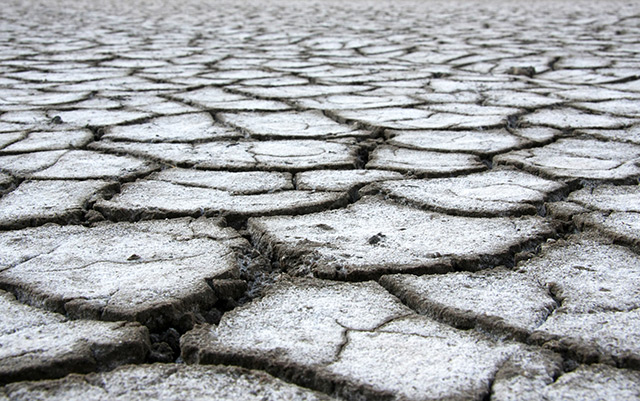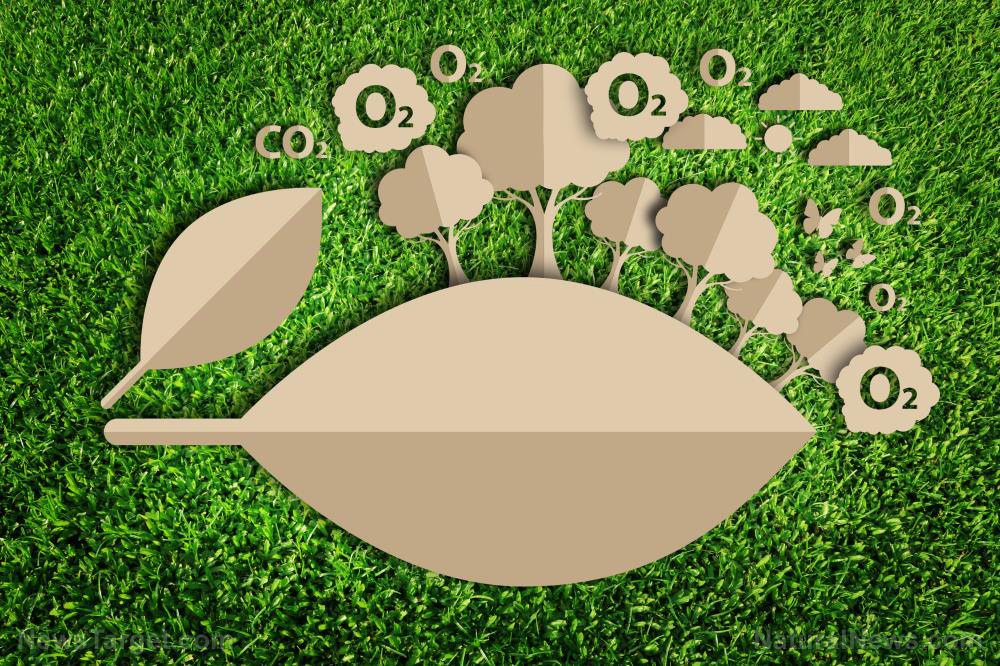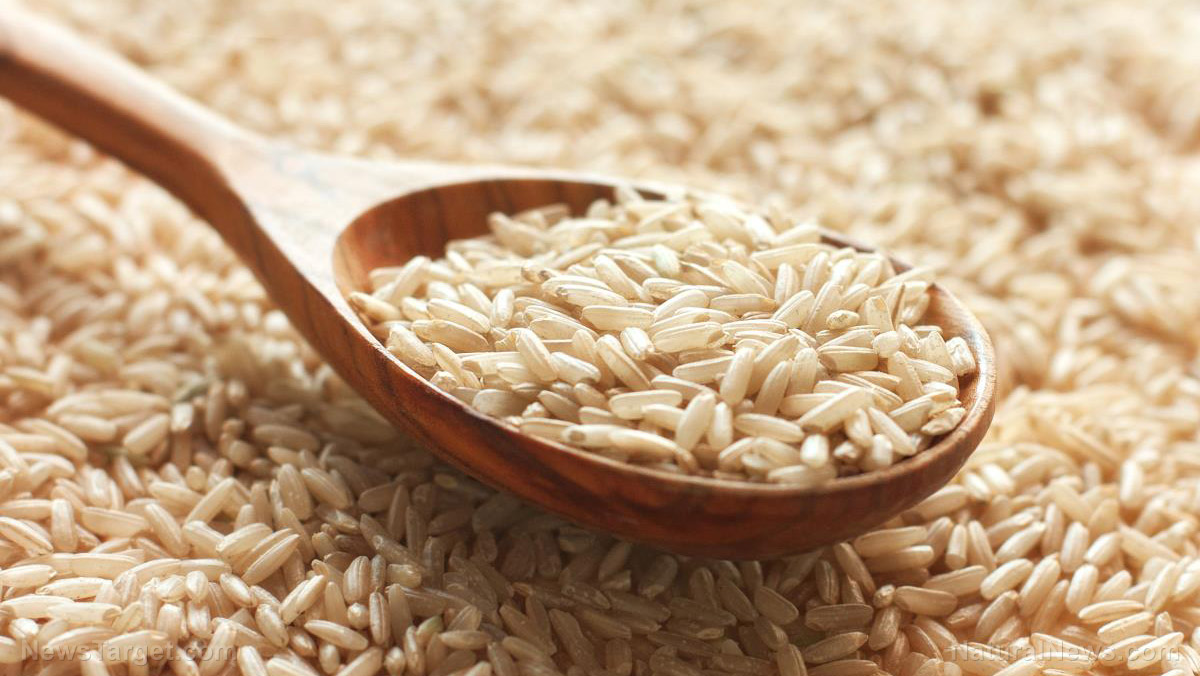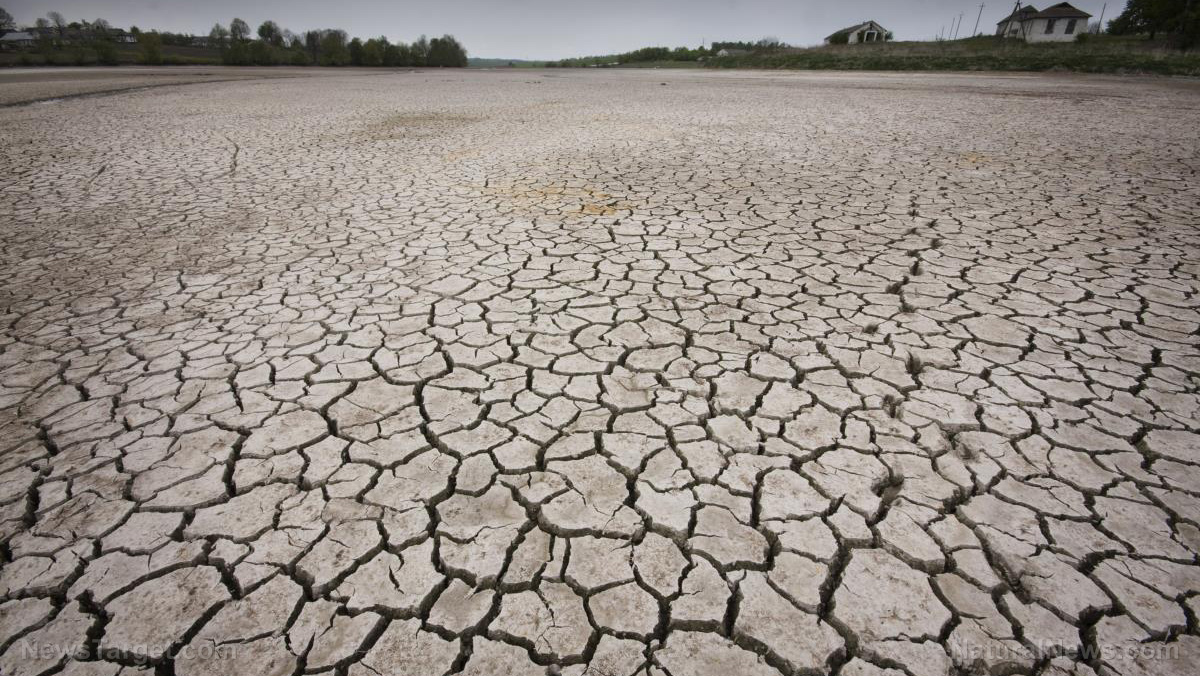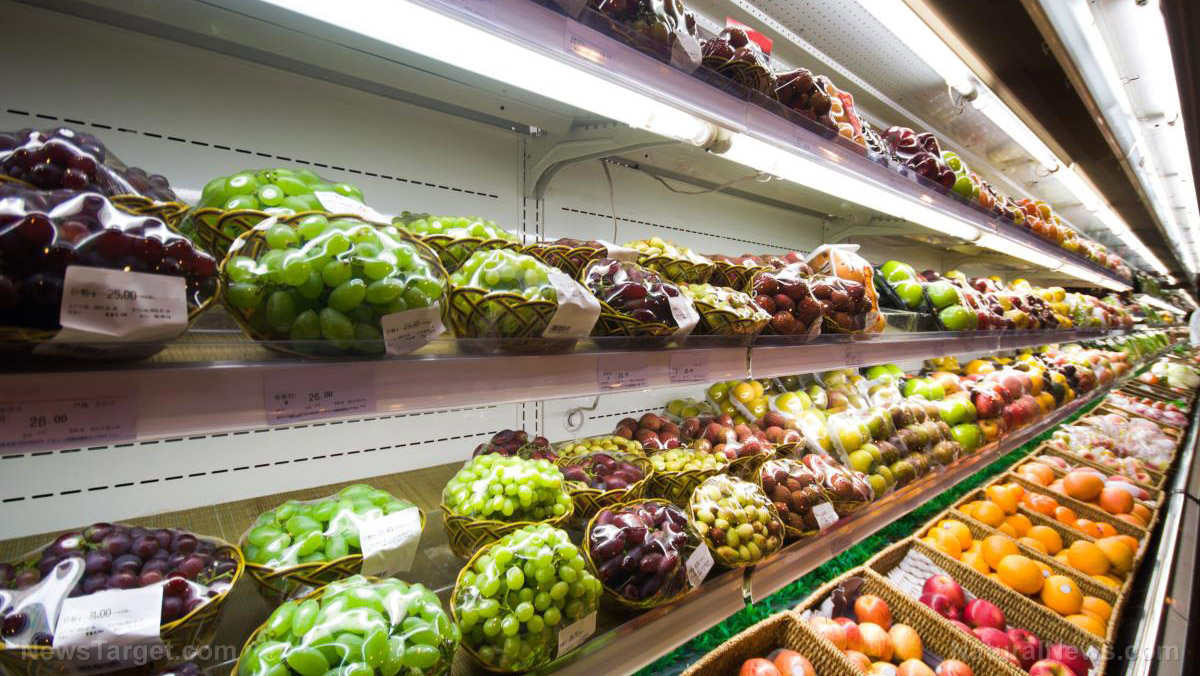Food crisis continues: Upcoming US harvest expected to be the most disappointing in years
09/21/2022 / By Arsenio Toledo

The United States’ upcoming harvest is expected to be the country’s most disappointing in years, raising fears that America’s food supply will remain tight and food prices will keep increasing.
Senior executives at some of America’s largest agribusiness and food processing companies like Bayer, Corteva, Archer Daniels Midland and Bunge warned that worldwide crop supplies remain tight due to persistent drought conditions in the U.S. and other agricultural heavy-hitters like countries in South America. Uncertainties over crop production in conflict-hit Ukraine are also making the situation precarious.
High temperatures and drought conditions have affected crop quality all over the U.S. West and the Great Plains. In places like Kansas, Nebraska and Oklahoma, heatwaves hit at a time when corn crops required the most water, causing a lot of yield losses.
“It looks like a large part of the corn belt, in my opinion, is going to be dealing with below-normal precipitation, so we’re looking at a drier harvest,” said Ryan Martin, an agricultural meteorologist from Indiana. “From mid-September and going through the end of October, I think we’re going to be looking at below-normal precipitation.”
Martin added that parts of Minnesota, Wisconsin, Michigan and the northern Great Lakes may see some more precipitation. But for the central and southern plains regions, drought conditions will likely persist and they will receive “well-below-normal precipitation.”
“We’ve already seen some wheat dusted-in in parts of Kansas and Oklahoma. Right now, there’s nothing to change that,” said Martin. “And when the rains come through, the systems are not overly moisture-laden, so we do see a little bit of moisture, but if you get half an inch and if you need an inch-and-a-half [of precipitation] or more to kind of get the soil profile back, it’s just not going to happen and not going to work.”

America needs at least two years of good harvests to get back to normal
Agriculture experts warn that it will take at least two years of good harvests in both North and South America to ease the heavy pressures on global food supplies and food prices. (Related: August food inflation jumped by 11.4%, but experts warn the worst is yet to come.)
“When it comes to the global food supply situation, I think things are going to continue to be tight for the time being,” warned Werner Baumann, CEO of Bayer.
The U.S. Department of Agriculture on Sept. 12 released a statement lowering its nationwide corn production estimate to just 13.9 billion bushels, three percent lower than its projection last month and eight percent below the 2021 harvest total. Soybean production estimates are also down three percent from a record-high projection in August. The current estimate is also lower than last year’s total harvest.
Agriculture consultancy firm Professional Farmers of America also cut its outlook for corn yields by 13 percent in Nebraska and 22 percent in South Dakota.
Chuck Magro, chief executive of seed and pesticide producer Corteva, noted that the corn harvest this year is currently expected to come far below recent yields in North America and Europe, hindering the world’s ability to restock global corn supplies.
“The current market expectation is that global grain and oilseeds markets need two consecutive normal crop years to stabilize global supplies,” said Magro.
Markets have already reacted to the possibility that food supplies will remain restrained. Futures prices for wheat at the Chicago Board of Trade is already up 17 percent year-over-year, and corn prices have already risen by 28 percent and soybeans by roughly 14 percent compared to last year.
Learn more about the state of America’s food supply at FoodSupply.news.
Watch this episode of the “Health Ranger Report” as Mike Adams, the Health Ranger, sounds the alarm over the rising number of crop failures worldwide.
This is from the Health Ranger Report channel on Brighteon.com.
More related articles:
FAMINE AHEAD: High fertilizer prices could cause global grain production to PLUMMET by 40%.
FOOD COLLAPSE: California’s ongoing drought has left over half a million acres of farmland unplanted.
Corn collapse: Just 57% of US corn crop is in good or excellent condition.
Potato prices surge as Idaho crop yields drop due to heatwave.
Sources include:
Submit a correction >>
Tagged Under:
agriculture, chaos, Climate, Collapse, crops, disaster, Drought, environment, famine, food collapse, food inflation, food production, food scarcity, food supply, harvest, heatwave, hunger, panic, starvation, weather
This article may contain statements that reflect the opinion of the author


